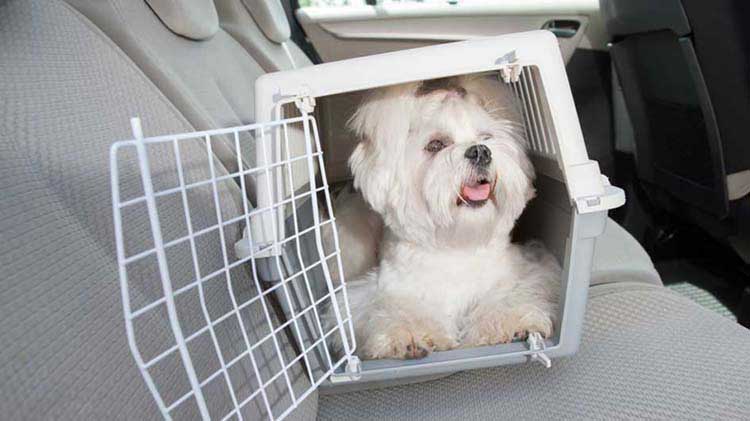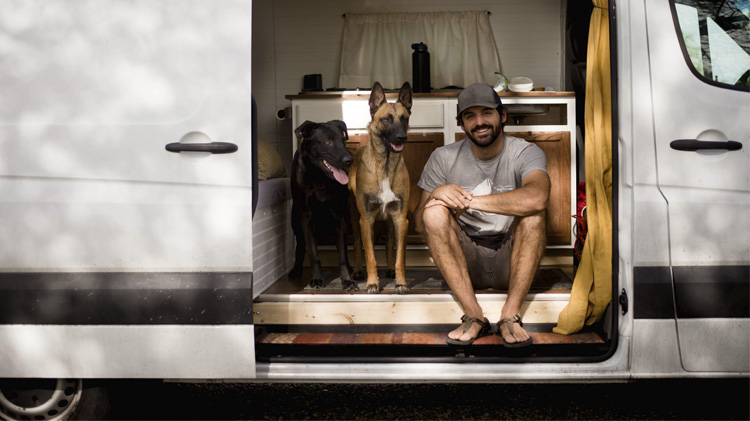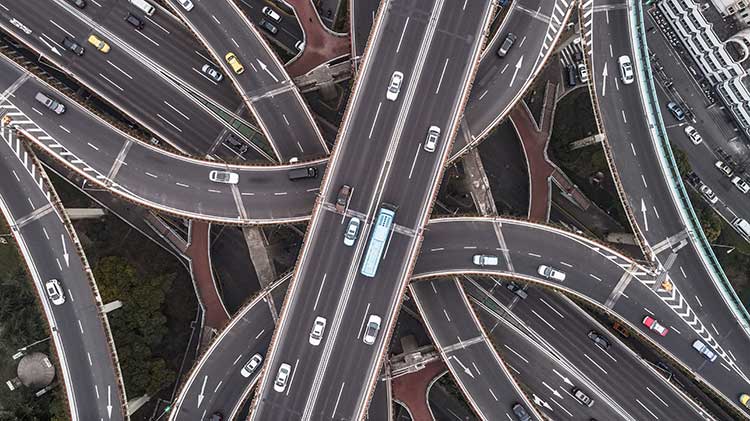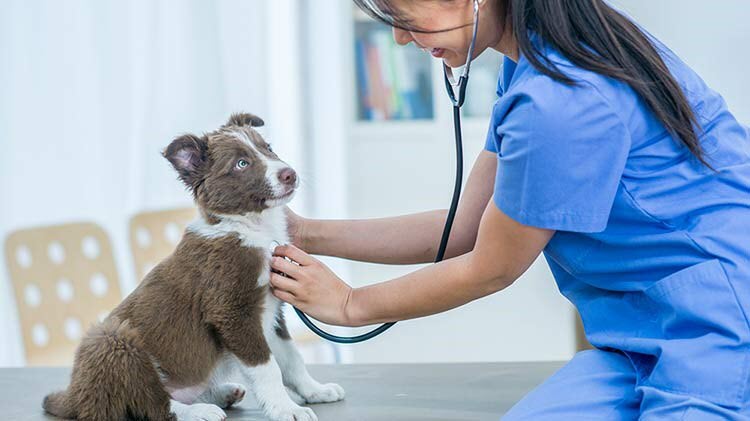Drive safely with pets in cars
Is your pet free-ranging in the car? Better check local laws and crate or tether her up.
When there's warmer weather, pedestrians, pets, bicycles and motorcycles are out in force, requiring drivers to be even more cautious. No matter where you're headed, the park close by or family vacation to the beach, it's important to think about everyone who'll be traveling with you, especially children and pets.
As a driver, your responsibility is to know the law and protect those in your vehicle. Infants and toddlers need special care and safety seats are required by law in all 50 states. Some states even have laws that require your furry friends to be restrained. New Jersey, for example, requires pets to be in a restraint or a carrier in the car. The fine for this violation is anywhere from $250 to $1,000. In Connecticut, you could be charged with distracted driving if you have a pet in your lap. Check with your department of motor vehicles or veterinary office for information on distracted driving and pet restraint laws.
Dogs in cars
- When transporting your dog in a car, it's very important to make sure he is safe and secure. Unrestrained pets may be a distraction and pose serious possible risks. In an accident, an unrestrained pet could be injured, killed or even lost if thrown from the vehicle.
- Just like children, dogs should never ride with their heads out of a window. A dog's eyes, ears or nose could be injured from flying debris such as leaves, pebbles or a bug.
- If you're planning a long road trip, make sure your dog is used to riding in a vehicle. Take them on short drives and then gradually lengthen the time spent in the car. The safest way for dogs to travel in a car is in a crate. The crate should be large enough for your pet to stand, sit, lie down and turn around in.
- Never leave your pets in the car alone for any period of time. Temperatures can rise 20° in just 10 minutes, putting them at risk.
- Restraining a dog in cars avoids interference with the driver and helps to prevent injury in a collision. Driving with a dog that is unrestrained becomes a projectile with the potential to cause harm.
- Another secure way to travel with your dog is in a doggy seat belt. Most cars weren't designed with dogs in mind, so your regular seat belt won't fit them. A dog car harness can keep any sized dog safely strapped up in your car.
- If your dog is anxious about car rides or suffers from motion sickness, there are both over-the-counter and prescription remedies to help pets.
Dog supplies to take
When traveling with your dog there are items that should make the trip with you.
- Food and water – Bring enough of your dog's typical food for the entire trip and a collapsible water bowl.
- Familiar blankets – Comfy blankets or towels that smell like home will provide comfort.
- Potty bags – You don't want to be caught without them!
- Vaccination records – If you're crossing a border or boarding your pet, records will likely be needed.
- Medicine – You don't want to be without your dog's routine medication or anxiety treatment.
- Toys and treat – They'll love you for remembering their favorite things.
Keep the drive safe by following these tips:
- Start your trip with GPS and music set; phone stowed. Keep children and pets content by bringing along a favorite toy, treat or blanket.
- Always drive with two hands on the wheel.
- Understand the laws for passenger restraint. Both child and pet passengers require special attention. No passengers belong on a lap or in the bed of a pick-up truck.
- Make sure that the heating, ventilation and air conditioning system (HVAC) of your vehicle is in good condition before your trip begins. This will be especially important for those longer trips.
- Keep a spare charging cable and car charger in your car for your phone.
- Make it a point to pull over if a child or pet needs attention, or if you feel tired or drowsy. This way you keep your eyes on the road.
- Eating along the way may be necessary, but you should pull over for this, too. Pack snacks and drinks for everyone, including pets, for convenience.
- Remove loose objects from your vehicle, they can become projectiles in a crash, causing injury to people or pets. In the event of a crash, unsecured pets may become frightened and jump from open windows.
- Forbid paws and heads from being out the window. This applies to both 2-legged and 4-legged passengers.
- Find out if construction may be underway along your route. Plan ahead and find alternate routes and pet-friendly stops.




